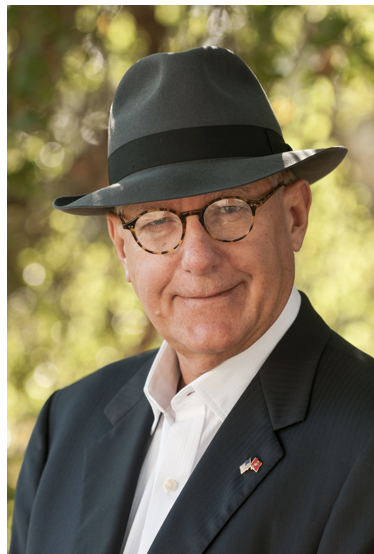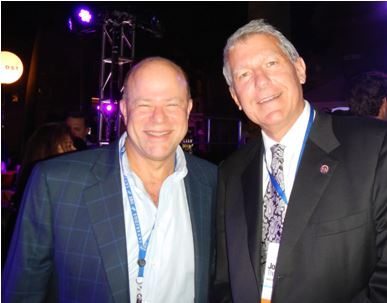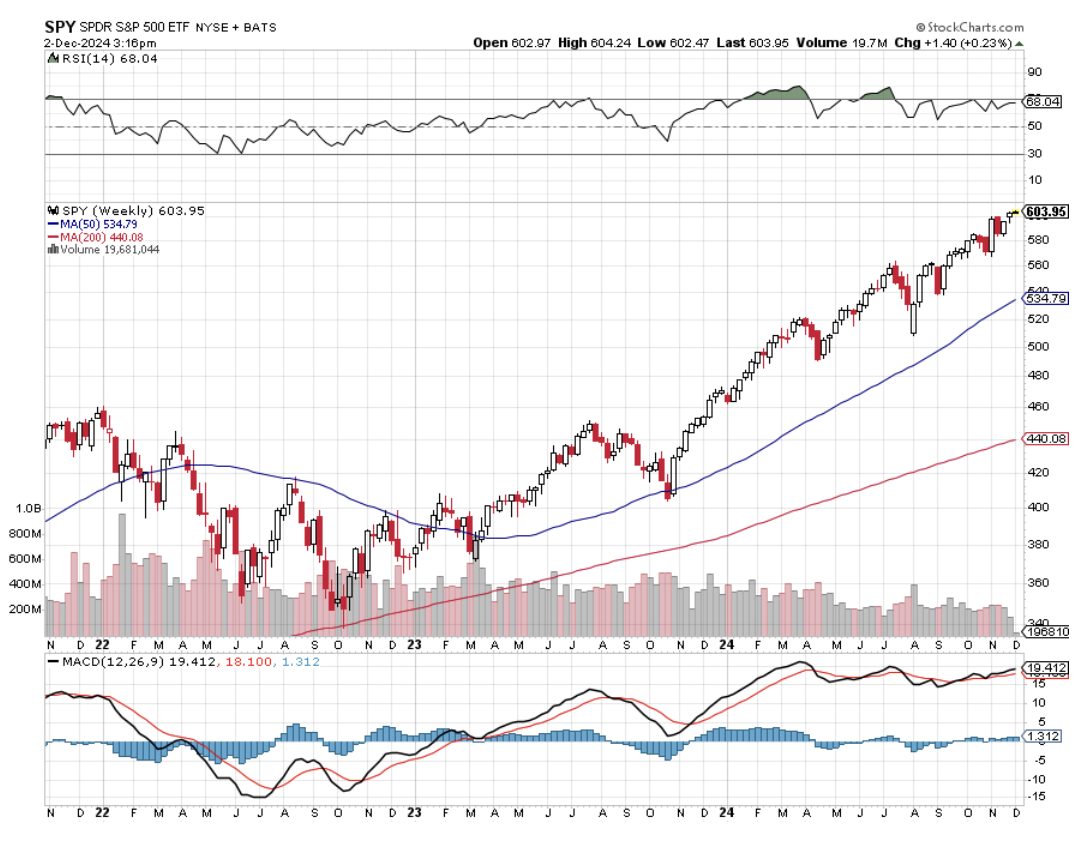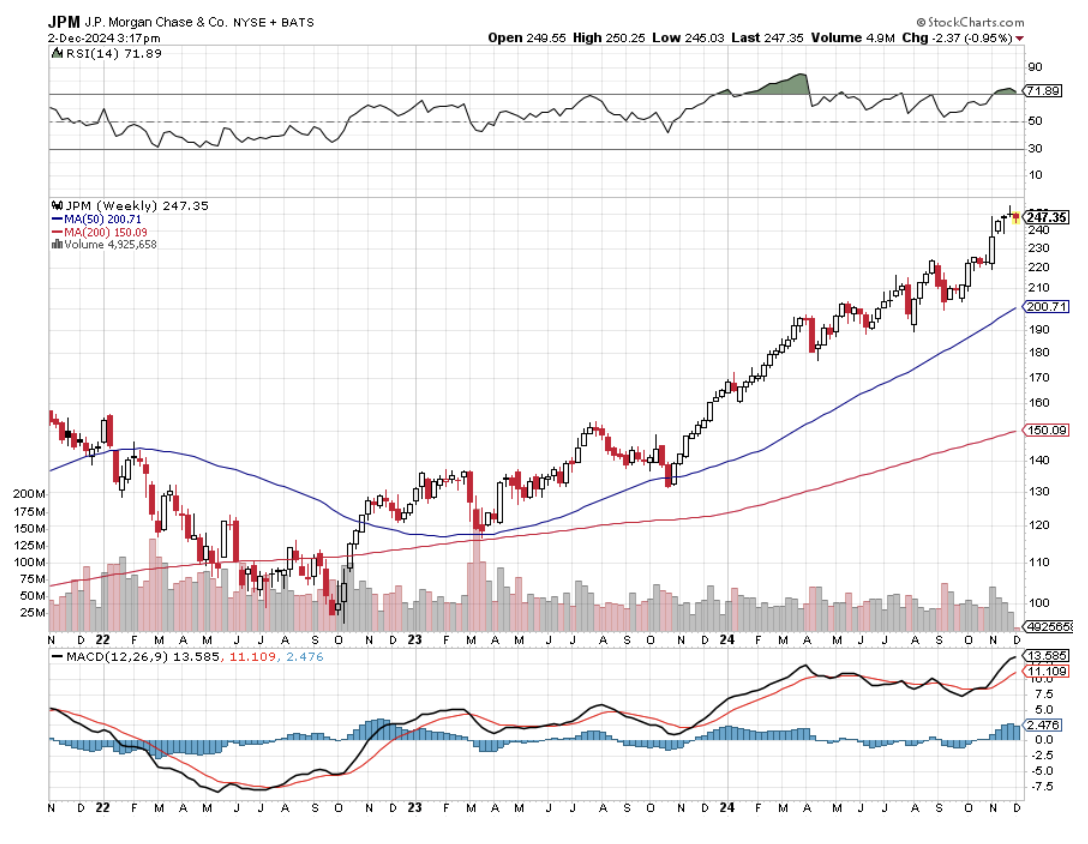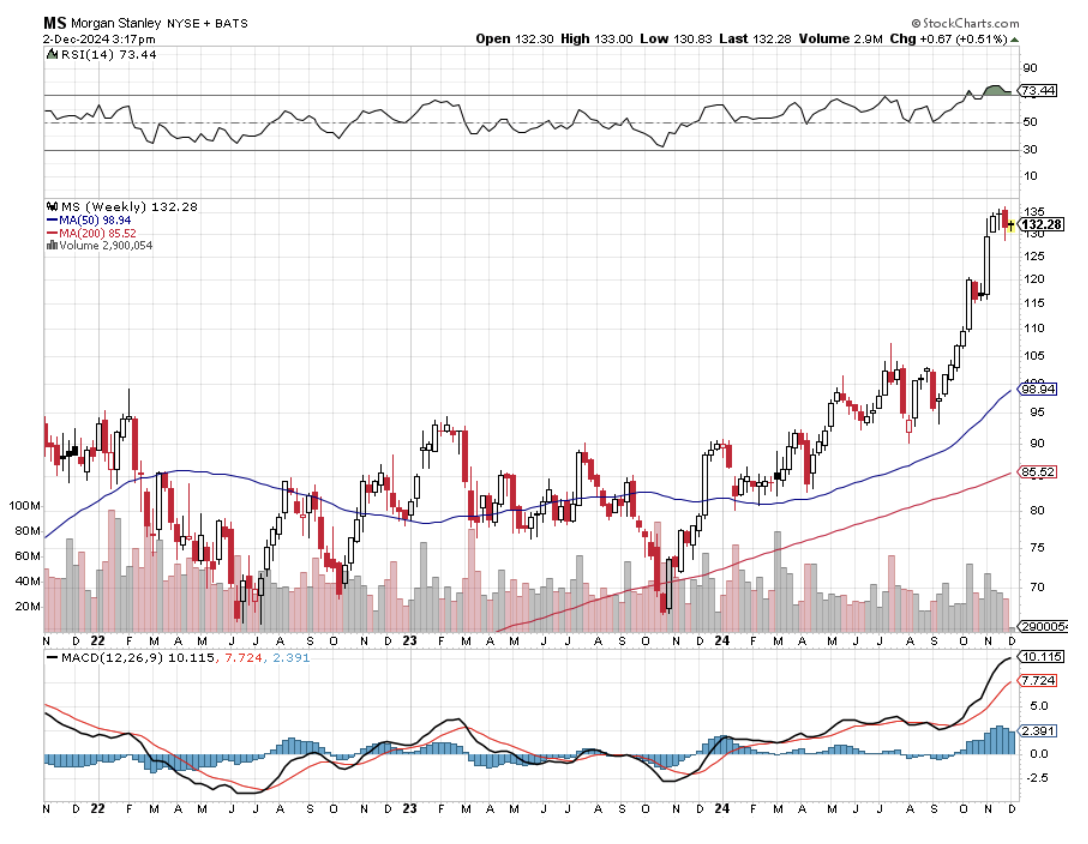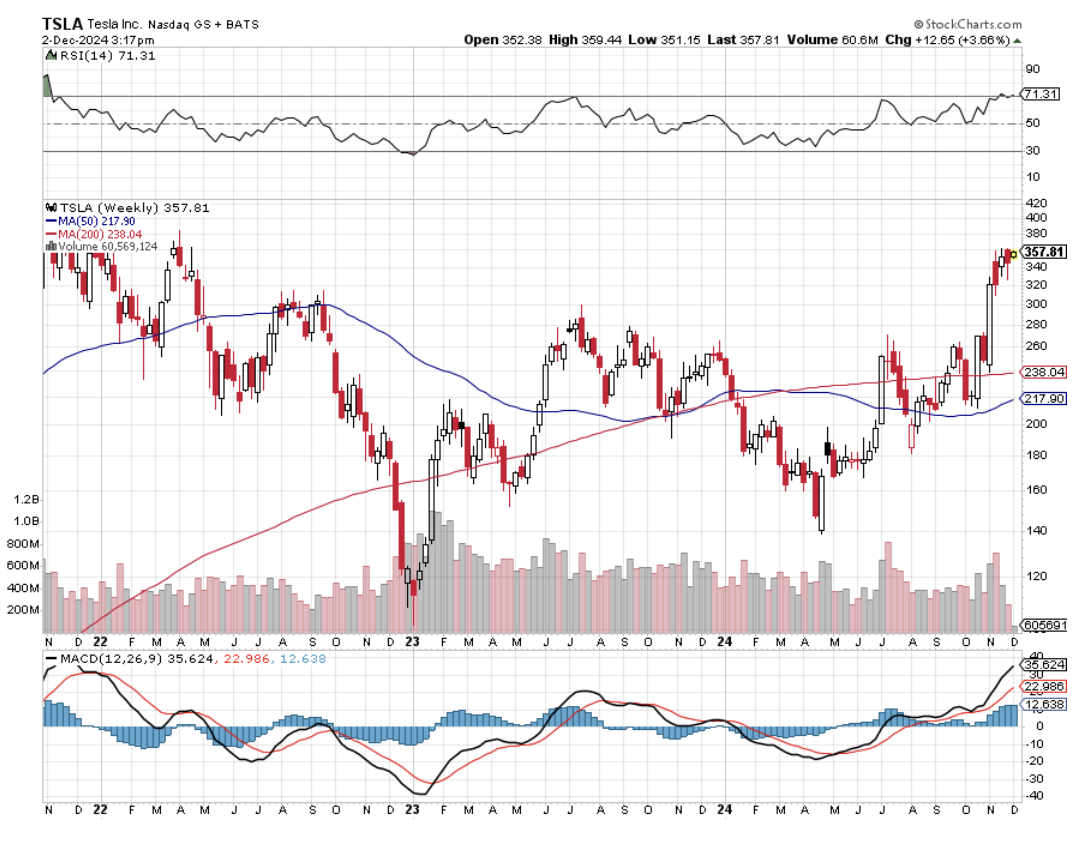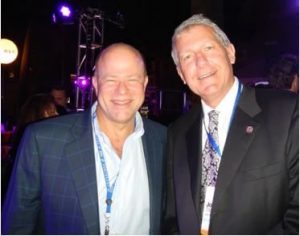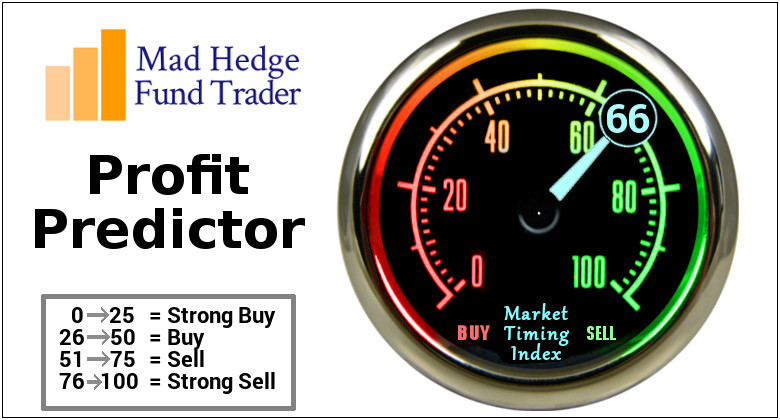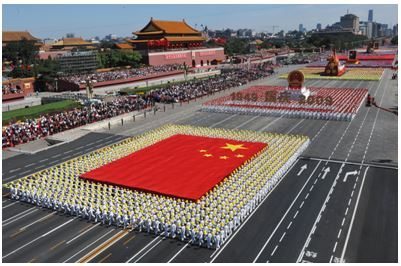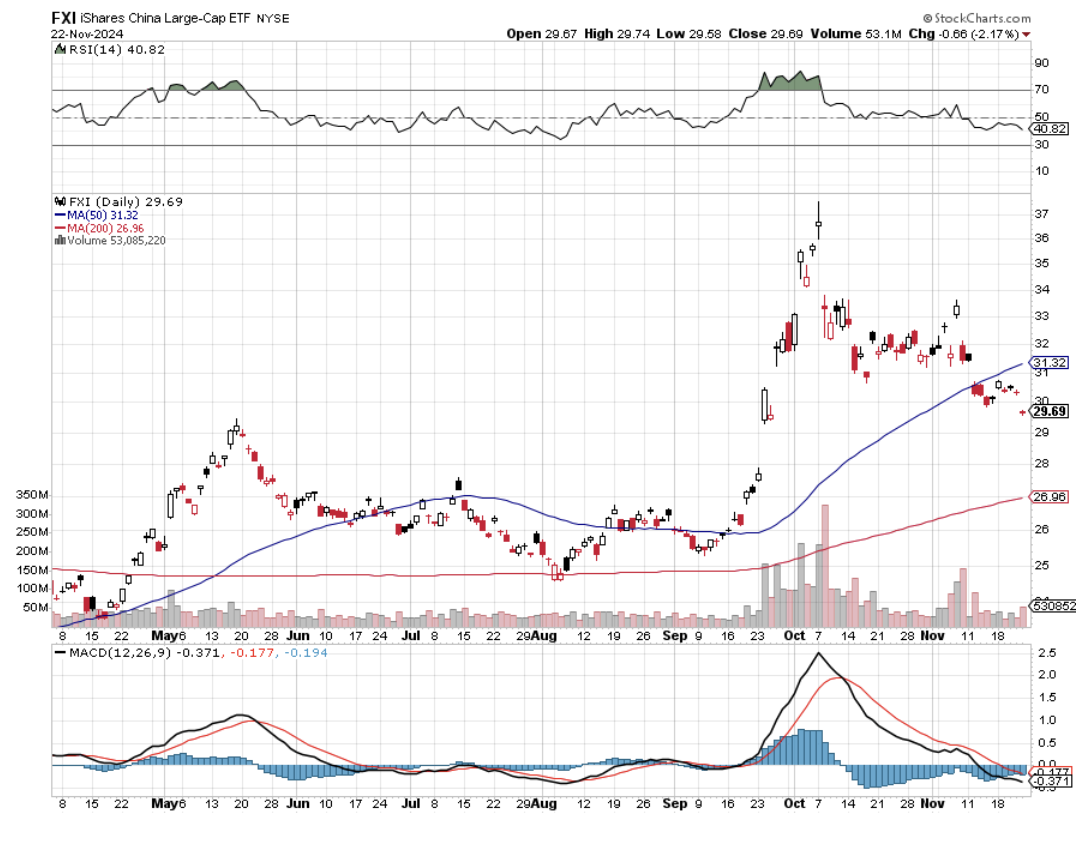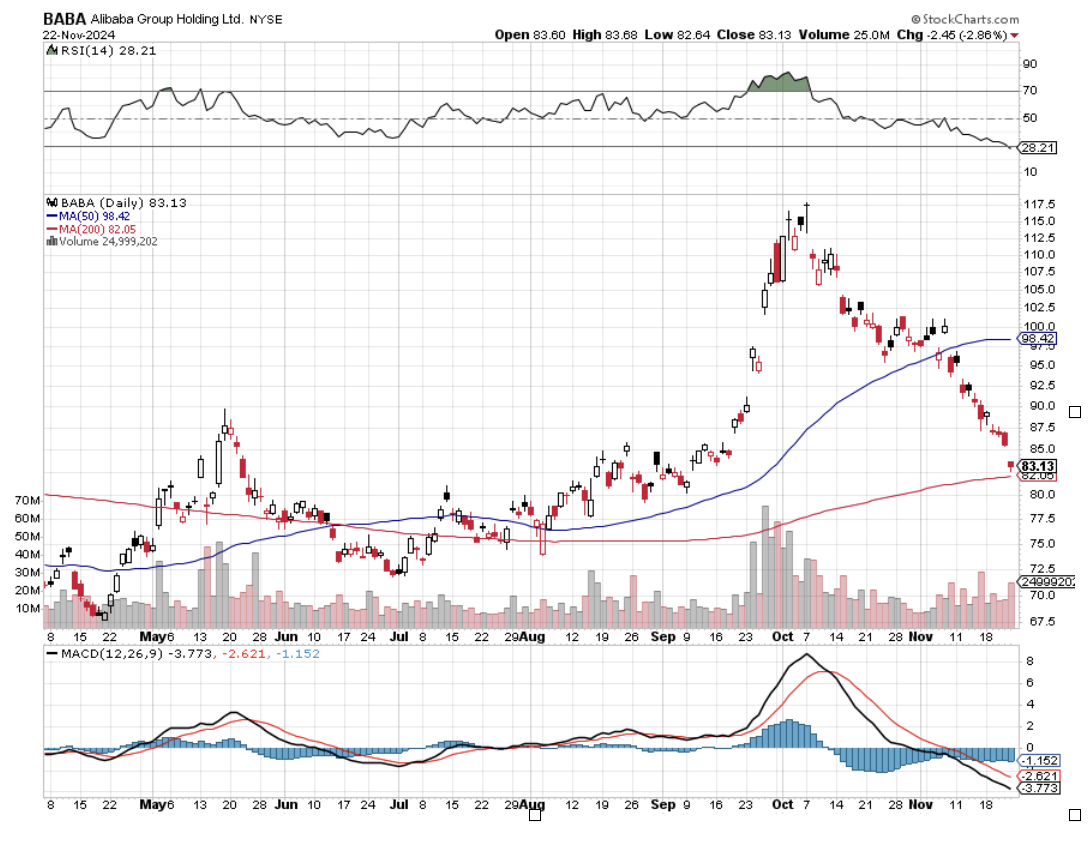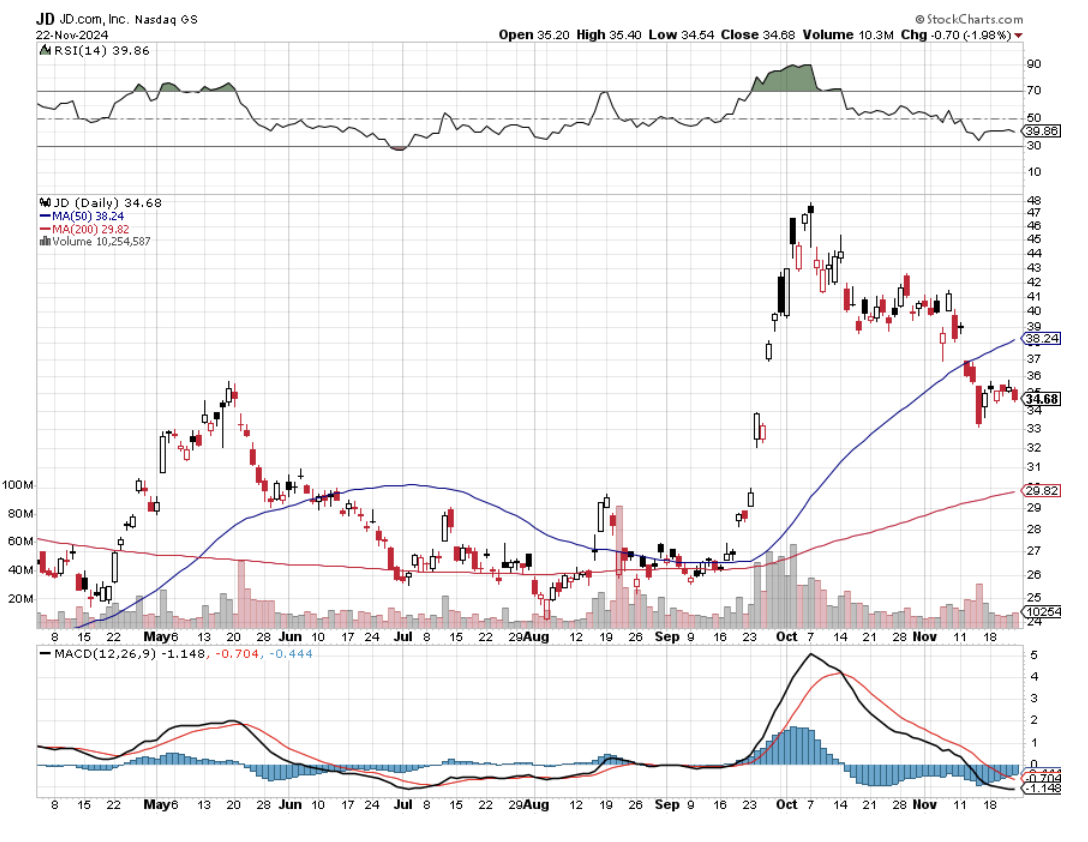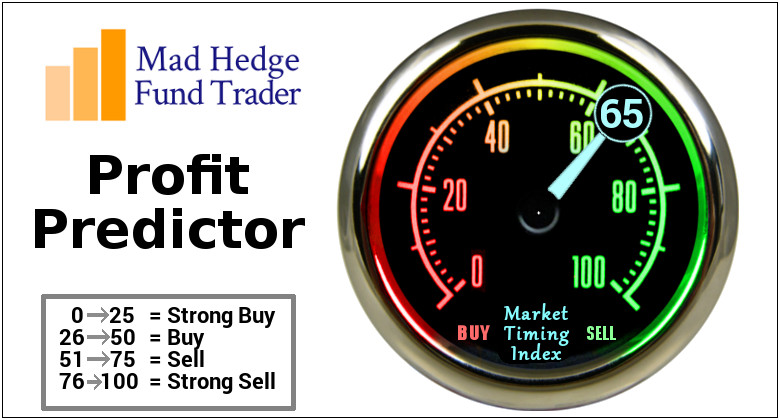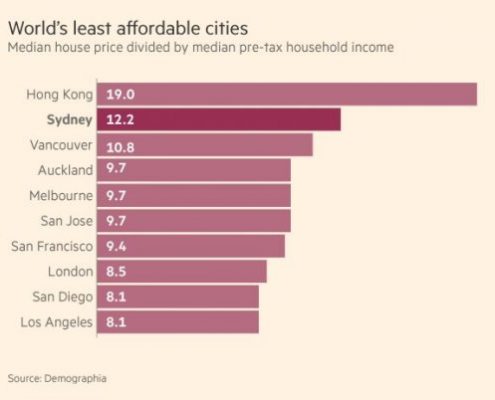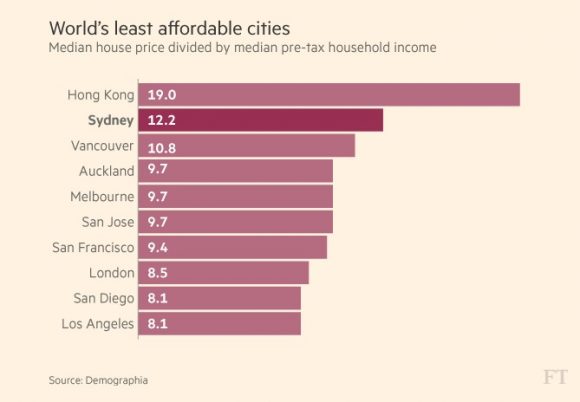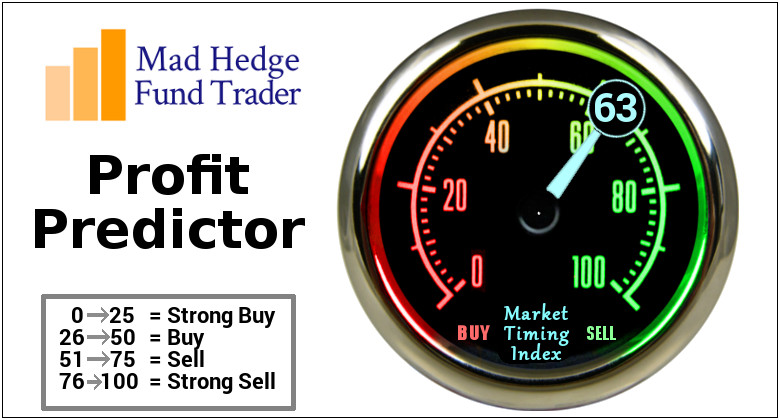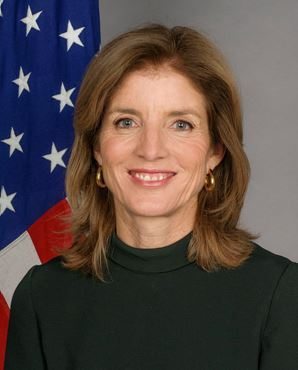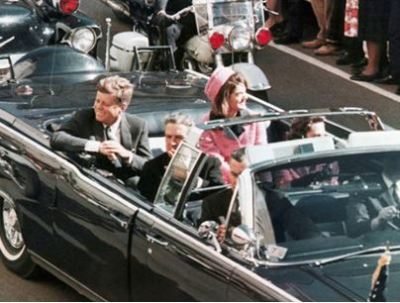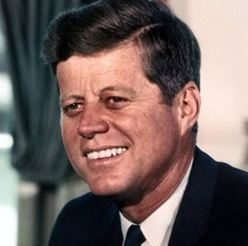
The election is over and a brave new world lies before us.
But the Fed may soon stop raising interest rates, inflation is rising, and tech stocks are flat-lining! Can a stock market crash be far behind?
What should you do about it?
Attend the Mad Hedge Traders & Investors Summit from December 3 - 5. Learn from 24 of the best professionals in the market with decades of experience and the track records to prove it. They are offering a smorgasbord of successful trading strategies.
Every strategy and asset class will be covered, including stocks, bonds, foreign exchange, precious metals, commodities, energy, and real estate.
Get the tools to build an outstanding performance for your own portfolio.
Best of all, by signing up you will automatically have a chance to win up to $100,000 in prizes.
Usually, access to an exclusive conference like this costs thousands of dollars. You can attend for free!
Listening to this webinar will change your life! To register, please click here.
It is always the sign of a great hedge fund manager when he makes money while he is wrong.
I have seen this throughout my life, trading with clients and friends like George Soros, Julian Robertson, Paul Tudor Jones, and David Tepper.
And wrong I certainly was in 2024.
I thought Trump would lose the election.
Then, I thought that markets would rocket no matter who won. Only the sector leadership would change.
How about one out of two?
The big question is: “Is a stock market crash now in front of us?” The answer is absolutely yes. It’s only a question of how soon.
At this point, we only know what Trump said. And as we all know, what Trump says and does, or can do are totally different things. It all adds a new and constant source of unknowns for the market.
Of course, it helps to have a half-century of trading experience, too. I like to tell my beginning subscribers, “Don’t worry, after the first 50 years, this gets easy.”
Except easy it is not, going into the next several couple of years.
In a few months, it will be Ground Hog Day, and Punxsutawney Phil will call the weather for the next six weeks from his hilltop in Gobbler’s Knob, Pennsylvania.
For the financial markets, it could mean six more MONTHS of winter.
Nobody wants to sell because they believe in a longer-term bull case going into yearend.
In the meantime, they are buying deregulation plays (JPM), (GS), (BLK), and Tesla (TSLA) as a hedge against the next Tweet.
We could see a repeat of the first half of 2017 when markets rocketed and then died.
This is what a Volatility Index (VIX), (VXX) is screaming right in your face, kissing the $13 handle.
The never-ending tweets are eroding the bull case by the day.
So, we’re at war with Canada now? Wait! I thought it was Mexico? No, it’s France. If it’s Tuesday, this must be Belgium.
And our new ally? Russia!
Even the Federal Reserve is hinting in yesterday’s statement that it is going into “RISK OFF” mode, possibly postponing a December interest rate cut indefinitely.
Unfortunately, that completely sucks the life out of our short Treasury bond trade (TLT), (TBT) for the time being, a big earner for us earlier this year.
Flat to rising interest rates also demolish small caps and other big borrowers (homebuilders, real estate, REITs, cruise lines).
The market is priced for perfection, and if perfection doesn’t show, we have a BIG problem.
All of this leads up to the good news that followers of the Mad Hedge Fund Trader enjoyed almost a perfect month in November.
Trade Alert Service in November
(DHI) 11/$135-$145 call spread
(GLD) 12/$435-$340 call spread
(TSLA) 12/$3.90-$400 put spread
(JPM) 11/$195-$205 call spread
(CCJ) 12/$41-44 call spread
(JPM) 12/$210-$220 call spread
(NVDA) 12/$117-$120 call spread
(TSLA) 12/$230-$240 call spread
(TSLA) 12/$250-$260 call spread
(TSLA) 12/$270-$275 call spread
(MS) 12/$110-$115 call spread
(C) 12/$60-$65 calls spread
(BAC) 12/$41-$44 call spreads
(VST) 12/$115-$120 call spread
(BLK) 12/$950-$960 call spread
The net of all of this is that 2024 is looking like a gangbuster year for the Mad Hedge Fund Trader, up 18.96% in November and 72.00% YTD, compared to only 26.62% for the S&P 500.
It seems that the harder I work, the luckier I get.
Hanging With David Tepper
Global Market Comments
November 29, 2024
Fiat Lux
Featured Trade:
(The Mad DeCEMBER traders & Investors Summit is ON!)
(CHINA’S VIEW OF CHINA),
(FXI), (BIDU), (BABA), (JD)
There was so much enthusiasm for China only a month ago.
A stimulus package was announced, a massive short-covering rally ensured, and finally, after a three-year hiatus, China was back in play. Several hedge funds announced major commitments to the Middle Kingdom.
Here we are only three weeks after the US presidential election, and China now looks so much rubble. Asst prices returned to their starting points. The hedge funds have so much mud on their faces. It’s back to a long wait.
Which gives us all plenty of time to think about what China is really all about.
I ran into Minxin Pei, a scholar at the Carnegie Endowment for International Peace, who imparted to me some iconoclastic, out-of-consensus views on China’s position in the world today.
He thinks that power is not shifting from West to East; Asia is just lifting itself off the mat, with per capita GDP at $12,969, compared to $81,695 in the US.
We are simply moving from a unipolar to a multipolar world. China is not going to dominate the world, or even Asia, where there is a long history of regional rivalries and wars.
China can’t even control China, where recessions lead to revolutions, and 30% of the country, Tibet and the Uighurs want to secede.
China’s military is almost entirely devoted to controlling its own people, which makes US concerns about their recent military build-up laughable.
All of Asia’s progress, to date, has been built on selling to the US market. Take us out, and they’re nowhere.
With enormous resource, environmental, and demographic challenges constraining growth, Asia is not replacing the US anytime soon.
There is no miracle form of Asian capitalism; impoverished, younger populations are simply forced to save more because there is no social safety net.
Try filing a Chinese individual tax return, where a maximum rate of 40% kicks in at an income of $35,000 a year, with no deductions, and there is no social security or Medicare in return.
Ever heard of a Chinese unemployment office or jobs program?
Nor are benevolent dictatorships the answer, with the despots in Burma, Cambodia, North Korea, and Laos thoroughly trashing their countries.
The press often touts the 600,000 engineers that China graduates, joined by 350,000 in India. In fact, 90% of these are only educated to a trade school standard. Asia has just one world-class school, the University of Tokyo.
As much as we Americans despise ourselves and wallow in our failures, Asians see us as a bright, shining example for the world.
After all, it was our open trade policies and innovation that lifted them out of poverty and destitution. Walk the streets of China, as I have done for four decades, and you feel this vibrating from everything around you.
I’ll consider what Minxin Pei said next time I contemplate going back into the (FXI) and (EEM).
China: Not All Its Cracked Up to Be
Global Market Comments
November 27, 2024
Fiat Lux
Featured Trade:
(THE REAL ESTATE CRASH COMING TO A MARKET NEAR YOU),
(THE FALLING MARKET FOR KIDS)
Hardly a day goes by when a reader doesn’t ask me when the Australian real estate bubble is going to burst.
They are right to be concerned.
In the table below, Sydney is ranked as the second most expensive market in the world at 12.2 times the local median pre-tax household annual income.
It is far behind Hong Kong, at 19.9 times, and just ahead of Vancouver, Canada, at 10.8 times.
Even Australian banking regulators are concerned about a “Dutch tulip” style mania developing in the Land Down Under.
They are worried that the coming price collapse will pose a major threat to their financial system.
Indeed, a home on Sydney Harbor owned by my former employer, the Fairfax newspaper family, sold for a staggering AUS$75 million, a new record for the country.
Sure, the views are great. But AUS$75 million?
I have been through a lot of these real estate booms over the past five decades.
There was the notorious Japanese bubble in 1990. I have been through at least three such booms in California. Here, real estate brokers can turn into Uber drivers in a heartbeat.
And they always follow the same predictable pattern.
How high is high? Think of an absurd, impossible number, and then double it. That always seems to be a good rule of thumb. Except that Australia is already past that last doubling.
When my Australian friends ask how high prices can go, I tell them to check out prices in Shanghai, where apartments go for twice as high for a quarter of the space.
In fact, identifying bubble tops is a fool’s errand. When markets become irrational, the last thing buyers care about is rationality, hard data, or valuations.
In the past, the music always stopped playing for the same reasons.
Central banks fearful of inflation slammed on the brakes and drove interest rates through the roof, as Paul Volker did in 1980.
An extraneous shock, such as the 1973 and 1979 oil price spikes or the 1991 Savings & Loan Crisis, can also let the air out of the balloon.
I remember that during the S&L Crisis, I was ushered in to see a California property, and the owner burst into tears when the agent mentioned the price because of the huge personal hit he was taking on his equity.
Except that this time, it’s different.
Real estate used to be local. Now, it’s global.
You have the same factor pushing up property in prime markets all over the world at the same time: Chinese buying.
For a decade now, buyers from the Middle Kingdom have been bidding up the prices of homes in London, Australia, New York, Vancouver, and elsewhere.
You know that nice little mansion I sold in London in 1994 for $2 million? It’s now worth $20 million.
In nearby Napa Valley, CA, the Chinese are snapping up trophy vineyards left and right, paying wildly inflated prices. Prices are up an eye-popping 16.6% year on year.
You can always tell when a property changes hands when the stone lions show up at the front gates.
Their goal is the same everywhere. Get their money out of China before the wheels fall off, be it for economic or political reasons.
The Chinese aren’t looking for retirement homes. They need bolt-hole places to hide out.
A stepped-up anti-corruption campaign by the Beijing government seems to have accelerated the trend.
The capital flows have been so enormous that the Chinese government has had to liquidate $1 trillion in foreign exchange reserves, a quarter of the total, primarily held in US Treasury bonds, notes, and bills, to support the Renminbi.
These gargantuan capital flows have created the same anomalies around the world, that of “ghost neighborhoods” owned for investment purposes only.
On the receiving end, the US government is taking measures to stem money laundering and tax evasion.
The IRS is using the Patriot Act to require proof of ownership for all real estate purchases over $2 million in New York and San Francisco.
Cayman Islands, British Virgin Islands, and Cook Islands nominee holding companies or LLC’s can no longer be used as identity shields.
Without real residents living there, local businesses, like dry cleaners, coffee shops, and supermarkets, die off for lack of customers.
Take a walk around the Mayfair district of London one of these days, and you’ll see what I mean.
Or ride up and down the elevators in the residential towers at New York’s Columbus Circle, where 60% of the apartments are foreign-owned.
I even have one of these at the end of my street here in San Francisco.
The home came on the market for $2.1 million three years ago and sold in a day for $2.3 million. It has been empty ever since.
(By the way, the opposite end of my street displays San Francisco’s other big problem, start-ups moving into cheaper residences to avoid sky-high commercial property rates. There, the lights NEVER go out.)
Real estate agents everywhere love the business.
Most of these deals are done for cash only with rushed due diligence. Loan approvals and appraisals, frequent deal killers for domestic buyers, never even enter the picture.
For the sake of full disclosure, I have to admit that I have been a happy participant in the property gold rush like everyone else, making a kings ransom on properties I bought during the 2011 bottom, at least on paper.
Look at the table below, and you’ll see that four of the world’s ten most expensive cities are in California. Perhaps I shouldn’t throwing stones in glass houses.
But at least here, you have multiple booms going on in technology, health care, alternative energy, and transportation, driving earnings, and, therefore, house prices.
Since the causes of this bubble are largely come from China, so must the end.
A serious economic slowdown in China would tip the balance. So would a trade war with the US.
Tougher controls on capital flows could stem the tide. So would political instability, never far below the surface in China.
Whatever the reason, leveraged owners of luxury real estate anywhere on the planet should always keep one thing in mind: Your fate is totally in the hands of China.
Until the 19th century, children used to provide income and security for their parents as they worked on the family farm. That dynamic continued when industrialization brought families into the cities and kids into the factories.
Since then, children have been a great short.
A hundred years of state-mandated education and child labor laws increased the cost of raising children while reducing their income potential. Today, many offspring stay in increasingly expensive schools until their mid-twenties without earning a dime of income.
A century ago, 10 children were a godsend. Today, they would be ruinous. Spending on children has flipped from an investment to conspicuous consumption. I count myself in the latter category, as I have five kids of my own.
The cost of children is proving to be the most effective form of birth control.
The problem is that it is working too well, as fertility rates are collapsing in all parts of the globe, except in the Islamic world.
Many nations have fertility rates that, during 2005-2010, plunged far below the 2.1 replacement rate, like Taiwan (1.14), Italy (1.18), Japan (1.27), and Russia (1.34).
The US is nearly at breakeven at 2.05, versus a world average of 2.55 and an amazing 7.19 in the sub-Saharan nation of Niger.
This is partially being offset by lifespans that have doubled since 1800 in the industrialized world from 40 to 80 and are now quickly ratcheting up in emerging nations.
The World Bank expects the global population to jump by 2 billion, from 7 to 9 billion by 2050, and then flatten out.
The big question for all of us: what does zero population growth mean for the economy, which until now has always been driven on an endlessly rising number of consumers?
How soon will financial markets start to discount its implications, whatever they are? Expect to hear a lot more about this issue.
Global Market Comments
November 26, 2024
Fiat Lux
Featured Trade:
(TRADING THE KENNEDY ASSASSINATION)
Passing through Dallas, Texas on the way to a previous Mad Hedge Strategy Luncheon a few years ago, I couldn’t help but remember the assassination of President John F. Kennedy on November 22, 1963, some 57 years ago today.
The tragedy offers valuable lessons for today’s traders, although we have to travel a somewhat circuitous route to get there.
It was one of those epochal events where people remember exactly what they were doing when they heard the news, such as the December 7, 1941 Japanese attack on Pearl Harbor, and the 9/11 attacks on the World Trade Center in 2001.
During the middle of my 5th-grade class, there was a schoolwide announcement that the president had been shot while campaigning in Dallas, Texas, but was still alive. Hours later, we were informed he was dead. The teachers started crying, and we were all sent home.
For the rest of the week, we were transfixed by the tumultuous events on our black-and-white, rabbit-eared television sets. Lyndon Johnson was sworn in as president on Air Force One. Lee Harvey Oswald was arrested. Then, nightclub owner Jack Ruby shot him in a Dallas jail on live TV.
It was all so surreal, witnessing history unfold before you. I remember that my dad told me this all might be a prelude to a military coup d’état or a Soviet nuclear attack and that we should be prepared for the worst.
Our stockpile of canned food to feed our family of nine from the previous year’s Cuban Missile Crisis was still in its cases. So were the boxes of ammunition. Those were scary times.
It seemed like the country went to pieces after that. The Vietnam War ramped up, igniting huge national demonstrations. Some 60,000 of our guys died, including 22 from my high school.
Race riots followed, setting cities on fire. I got caught in the ones in Los Angeles and Detroit. Then came the Oil Crisis, Watergate, and the Iran Hostage Crisis.
Things didn’t get back to normal until the 1980s, and guess what? The stock market started going up, and I got into the hedge fund business.
The Kennedy assassination sparked an entire industry of conspiracy theorists, armchair historians, and assorted fruitcakes and nut jobs, whose mission was to debunk the conclusions of the Warren Commission Report.
Thousands of books were published, and even more lectures were delivered. It inspired us all to distrust our government.
After all, we were told that Oswald made an impossible shot and only a “magic bullet” could achieve what the report claimed. Witnesses died like flies, against all actuarial probability. The 1938 Italian Mannlicher-Carcano rifle he used to commit the crime was impossibly flawed.
I tended to believe the version that was taught in California state textbooks as late as the 1990s, that Kennedy was the victim of either a CIA, Mafia, or Cuban plot. The Hollywood director Oliver Stone fanned the flames with his 1991 film, JFK.
Then, one day during the late 80s, while visiting big oil clients for Morgan Stanley, I found myself with a couple of free hours to kill in Dallas. I took a taxi to the Texas School Book Depository on Elm Street, now a museum.
It was a weekday, and I was the only visitor. So, I took the elevator up to the sixth floor. There, at a corner window, cases of books were set up exactly as Oswald had placed them on that fateful day.
I looked around, saw no one else, and then deftly stepped over the rope that barred public access.
It turned out that I shared some personal history with Lee Harvey Oswald. We had both been in the Marine Corps and obtained a marksman’s rating, which earned you a few extra dollars a month.
He had also been stationed in Japan a few years before I, at a base I knew well. So, I had always been curious about Oswald’s incredible shot.
I sat down in the exact spot that Oswald had and watched the traffic below. At 62 feet away, the cars were moving at 8 miles per hour, the same speed as the Kennedy motorcade. Elm Street is always busy. Then it hit me.
This was not an impossible shot. This was not even a hard shot. I could make this shot. In fact, any Marine who went through basic training at Camp Pendleton could have made this shot on a bad day with a stiff wind.
It was a revelation.
It meant that the Warren Report was right. Oswald was the single shooter. It meant that all of the Kennedy conspiracy theories I had heard about over the decades were lies.
Not only that, I also realized then that all conspiracy theories about everything were untrue, usually manufactured by people with ulterior motives, almost always driven by the desire to do more books and videos and make more money. The level of cooperation required between large numbers of people is far too improbable.
After that, theories about the Kennedy assassination started to unravel. During the 1990s, the investigative TV program 60 Minutes got several professional marksmen to easily replicate Oswald’s feat of getting off three shots with the same antiquated bolt action rifle in less than three seconds.
After a deal with Congress in 1992, the government released 5 million pages of evidence on which the Warren Report conclusion was based, which had previously been secret (click here for the National Archives link).
We obtained hours of classified testimony from Marina Oswald, Lee Harvey’s Russian wife, about how troubled the man was.
We discovered that a dozen people saw a man with a rifle in the window of the Book Depository minutes before Kennedy was due to pass by. They screamed at the police to intervene, but none could hear them over the noise.
The fourth shot from the “grassy knoll,” recorded over a police radio with a broken microphone button, turned out to be an echo of a building.
The FBI was aware that Oswald had taken a shot at the home of an army general only months before. A memo warning the Secret Service of the threat was found crumpled up in a Dallas agent’s desk drawer days after the assassination.
The Kennedy assassination has become a favorite topic of discussion among modern risk analysts who advise hedge funds. The Secret Service was well aware of many assassination risks for the liberal, Democratic president from Boston from a wide assortment of right-wing fanatics in the Deep South, and they chased down many of them.
No one imagined that the actual attempt would come from the left, and they were blindsided. It is a valuable lesson that we trade and invest by today.
Finally, it was all put together in a 2007 book by the late Vincent Bugliosi, Reclaiming History: The Assassination of President John F. Kennedy.
I had the misfortune of working with Bugliosi while he was prosecuting cult mass murderer Charles Manson (while working for the Los Angeles County Coroner, I had dug up some of his victims in the California desert, one with a missing head). I always found him a showboater and a tireless self-promoter.
However, in the book, Bugliosi does a masterful job of weaving together declassified evidence, testimony from missing witnesses, and the contribution of modern technology.
His conclusion: The Warren Report was dead right. As deranged as Oswald was, there was one thing he could do well, and that was to shoot straight. He then proceeds to expertly demolish every conspiracy theory out there and uncover their promoters as the profit-driven charlatans that they are.
Oliver Stone was a better storyteller than a historian.
It turns out that being perennially disbelieving in conspiracy theories is quite a useful philosophy to have as a trader. We are often asked by the media to believe in the conspiracies that underpin certain investment theses. Bet against them, and you’ll win every time.
If we don’t fight them in El Salvador, then we’ll be fighting them in the streets of Los Angeles. Russia wants to take over the world, and when they finish their work in the Ukraine, we are next.
We had to invade Iraq because Saddam Hussein was imminently going to use his weapons of mass destruction against us. And don’t get me started on the Ebola Virus.
When gold hit $1,927 an ounce some years ago, I heard that the bars inside Fort Knox were made of lead and painted gold. When this was discovered, the price of the barbarous relic was supposed to soar to $50,000 an ounce. I sold gold short.
After Barack Obama was elected president in 2008, the Internet abounded with assumptions of a vast left-wing conspiracy that pegged our new president as a socialist who was born in Kenya and was going to destroy corporate America and take away all of our guns.
Those who bought the story sold all their stocks because the market bottomed, unloaded their homes, and bought a dozen guns. They also ditched all their bonds because the U.S. government was going to default on its debt, ignite hyperinflation, and collapse the dollar. The advice was to put all your money into gold.
I didn’t believe any of this for a second and did the exact opposite of what the Armageddon crowd was urging on to followers.
I bought stocks, ultra-high-yielding junk bonds, MLPs, REITs, and every other risk asset out there while avoiding gold like the plague. I sold short the Japanese yen and the Euro against the U.S. dollar. So did my subscribers. You know the rest of the story. Some of my picks rose tenfold.
By the way, the newsletters that propagated those ridiculous and ruinous theories a decade ago are still prospering today.
I met Senator Ted Kennedy when he was running for president in 1982 and have kept in touch with his staff for many years. They told me he hit the deck whenever he heard a loud noise, be it a firecracker, a backfiring car, or even a slammed door. He lived a lifetime in constant fear of assassination.
Some scars never heal.
On my last trip to Tokyo, I spent some time at the magnificent, white stucco edifice that has been the residence of U.S. ambassadors there for nearly 100 years. There, I gave a briefing to then ambassador Caroline Kennedy, the daughter of the late president.
The National Archives will release the last of its files on the assassination 70 years after the event on November 22, 2033.
I hope to live that long, for by then, I’ll be nearly 82. Then, for me, the Kennedy story will come full circle.
Taking the Story Full Circle
"Ask not what your country can do for you, but what you can do for your country," said John F. Kennedy, America's 35th president.

